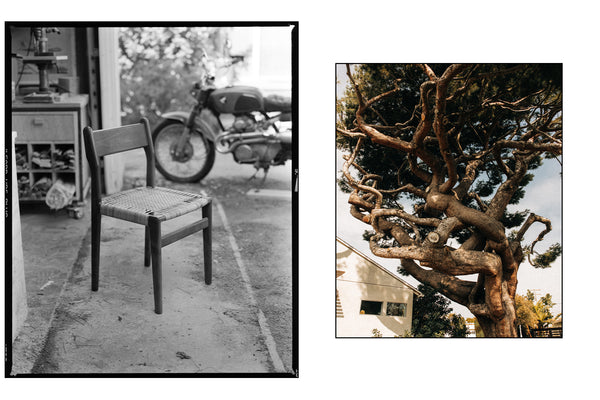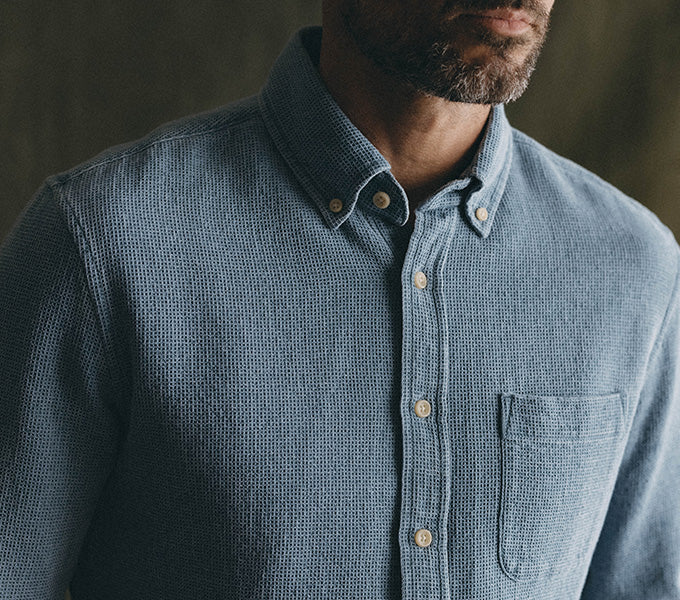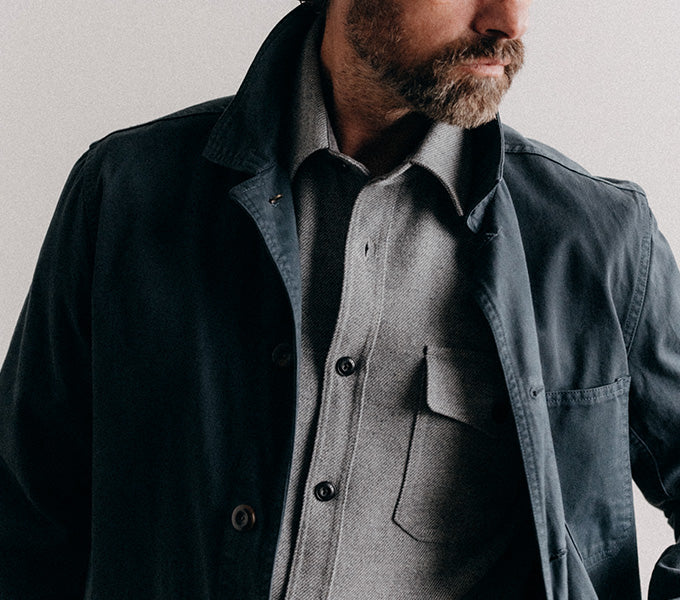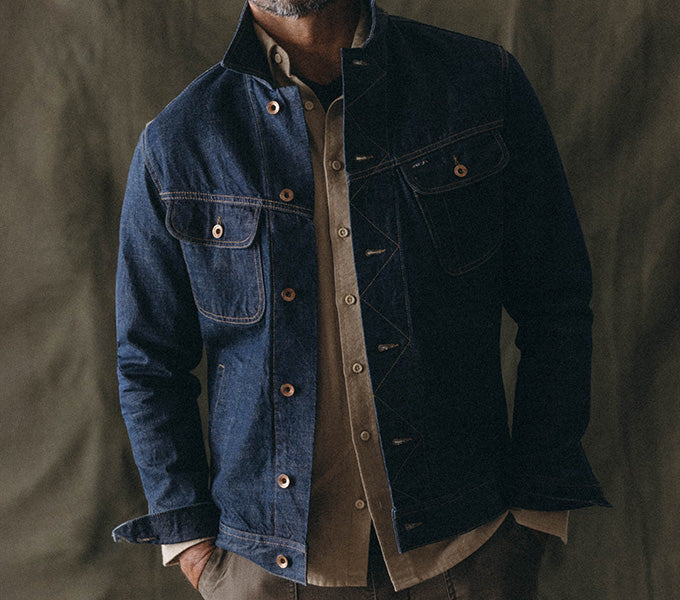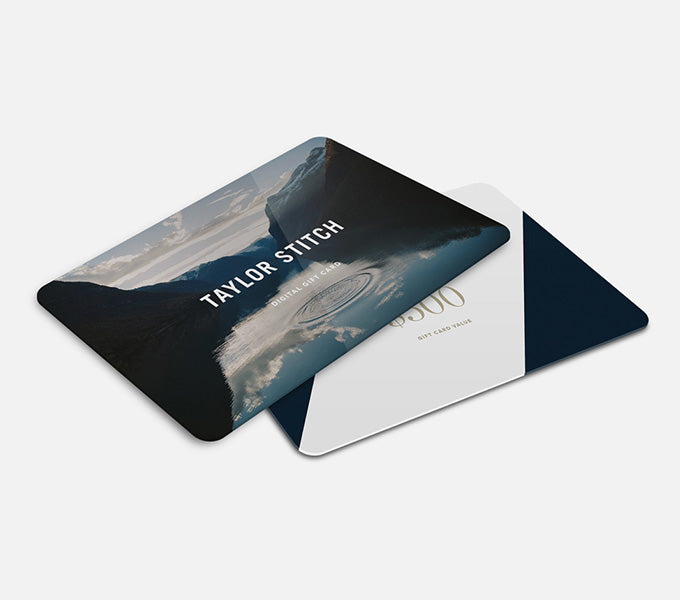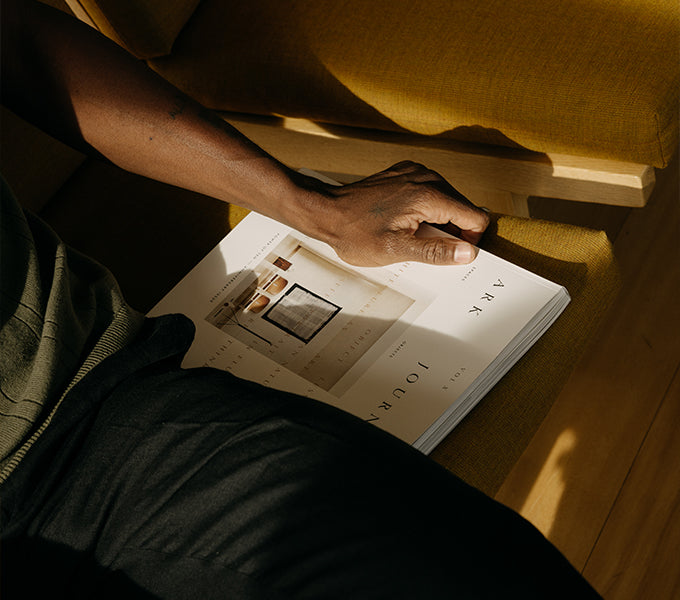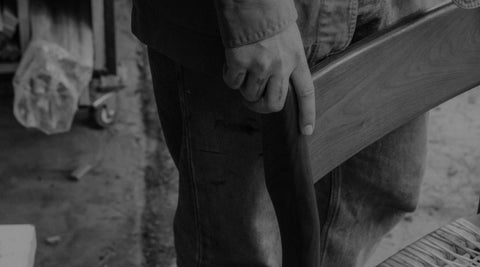Los Angeles-based designer Nikolai Lafuge crafts furniture that highlights both the natural materials of their make and the hands-on approach to their creation. Inspired by an upbringing split between France and Brazil, Nikolai’s work has an organic quality to it that, while hinting towards both the mid-century and the vernacular, culminates in a design language totally unique to him.
Recently, we had the pleasure of visiting Nikolai at his studio in Los Angeles, where we discussed his work, his inspiration, and his vision for the future.

Between France, Brazil, and Los Angeles, it’s safe to say you’ve been exposed to a breadth of cultural and architectural variety. How have these places shaped the way you look at art, define what is beautiful, and see the world?
I think that, by far, Brazil has had the biggest influence on my aesthetic sensibility. So much of the architecture in Brazilian cities is this brutalist raw concrete, and it provides such a compelling stage for furniture to bring in that warmth and humanity. The nature in Brazil also has such a way to make itself present, too. In Rio, it’s the vines growing all over and the rain causing everything to show decay. In the capital, Brasilia, there are wonderful examples of mid-century architecture where the adjacent red clay soil stains the edges of the buildings. I like seeing that nothing stays very pristine and no object is too precious.
Before moving into the design world, you were focused on music. Do you find there is any overlap between these artistic mediums for you? Do you still play? And while we’re at it, listening to anything good these days?
I think all types of creation are linked. It’s all about getting that satisfaction from working on a project bit by bit and seeing a result at the end that has basically come out of nothing. No, I don’t play anything anymore. I actually was never good at playing instruments. I was mainly recording loops and putting them together into something, but I lost the time to do stuff like that. I’ve been listening to Mildlife on repeat ever since I saw them play at the Echo. They’re super groovy, and I listened to them on my trip to Bahia, where I got these two perfect days of surf by myself at this beach called Jeribucaçu, so I am just mentally traveling to those barrels when I listen to it now.

Early on, you found a mentor by way of a Renaissance man in the Northern Brazilian state of Piaui. Could you tell us a little more about that relationship, what it changed for you, and your perspective on the importance of passing on our knowledge and skills?
Yeah, he’s my dad’s friend. He’s a German artist living in Pedra do Sal on the coast of Piaui. His name is Knut Schirner. He built his house using traditional adobe, which the locals have long ago rejected because it is seen as a building material of poverty and necessity. But it actually has superior thermal qualities to the industrialized bricks that have become so commonplace. The way he uses it, you can really see how his painting style and the architecture of his home fuse together and are totally an expression of his life. I had an idea for a chair and turned to Knut for help since he had experience building furniture in addition to being a painter and architect. No sharpening chisels for months until “I’m ready.” We just went step by step together to make it happen. Looking back now, I think that was really generous of him to spend his time in this way with me, and it probably has a lot to do with a different perception of time really. I think because he lives on this remote beach, he maybe doesn’t see the time spent as such a precious resource as we are constantly told in big cities. I hope I can be generous like that to somebody else in the future.

Your work has a way of defying categorization, hinting at midcentury design while embodying a rich, natural aesthetic. How would you define your artistic approach? Has it changed over the years?
I’m kind of obsessed with touch and comfort. For example, if I’m designing a chair, I work really hard on getting the ergonomics to work. I don’t really understand making an ergonomic object like a chair, but then there’s like no attempt at making it comfortable. I also think about the features or materials on my pieces and how they will wear with time. Like my Floriano chair has this perfectly rounded edge at the top that gets like super polished and smooth with people’s hands over time, and this is where the touch comes in. I start with one or two main design features, like a flared-out leg or a rounded top edge, and see how the rest of the design could support that idea. I would say my approach is always evolving, like right now, I’m trying to add a little more eccentricity to some of my designs and see how that interacts with my need for simplicity and comfort, too. My wife has also been more present to critique my initial concepts, and she is crucial in pushing me towards the final design.

Short-term goals or pie-in-the-sky dreams, what’s next for Nikolai Lafuge?
I made a lounge chair version of the Cavaleira chair that I still need to photograph. I’m finishing a lounge chair version of the Floriano chair, too. I have a few other pieces in the prototype phase with some glass elements. Long term, I think that my wife and I want to take on some interior design projects where we make very bespoke spaces. We’d make almost every big and little thing, from the furniture to the door knobs. My wife, Nicole Herman Lafuge has worked for a big studio as an interior designer, but she also makes light sculptures and cast hardware. It’s satisfying to make a beautiful piece of furniture, but it’s really special to create an entire space.
You can check out more of Nikolai’s work on his Instagram page or visit his website to purchase a piece for yourself.
